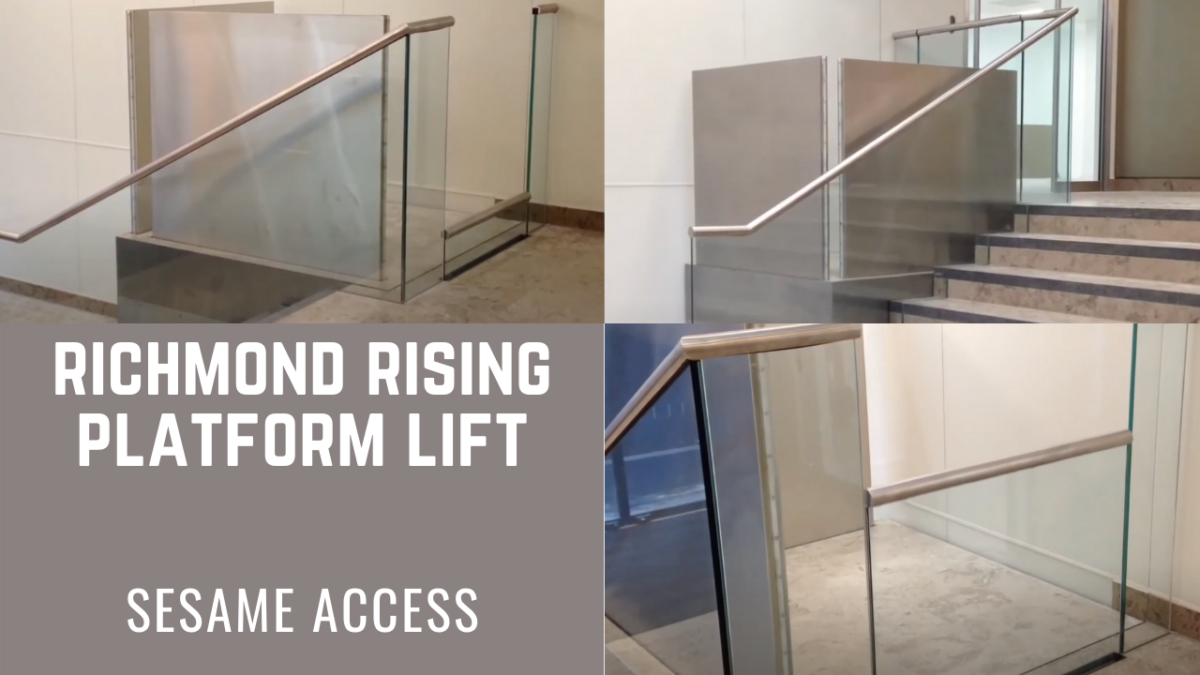Key Takeaways
-
Successful overseas lift installations require detailed planning around logistics, tooling, and visa management.
-
Splitting the project into two visits improves flexibility, cost efficiency, and engineering accuracy.
-
Sesame Access’s modular lift systems allow for staged international installations without compromising safety or compliance.
Introduction
International lift installations demand more than standard project coordination. In this Madrid case study, the Sesame Access engineering team outlines how to plan and execute a cross-border accessibility platform lift project using phased delivery, local compliance integration, and modular engineering principles. The approach demonstrates how technical precision and early logistical foresight can transform a complex overseas installation into a smooth, efficient process.
Planning Lift Installations in Spain and Europe
Working in Spain and wider Europe introduces specific administrative requirements such as employment visas, site permits, and customs procedures for tools and equipment. By engaging local authorities early and using verified logistics partners, the Sesame team ensured full compliance with regional building safety frameworks and avoided costly site delays.
This strategic planning model applies equally to other European accessibility lift projects where local construction codes and permit durations vary by country.
Why Use a Two-Phase Installation Approach?
The Madrid project adopted a two-phase installation strategy to balance cost control with engineering precision.
| Installation Model | Duration on Site | Key Advantages | Typical Risks Mitigated |
|---|---|---|---|
| Single-Phase Install | Continuous 10–14 days | Simplified logistics but high visa and accommodation costs | Increased fatigue and schedule risk |
| Two-Phase Install (Madrid) | Two visits under eight days each | Reduced visa cost, better quality control, stronger contractor coordination | Minimal downtime between visits |
The team’s modular design process, used in projects such as the Kensington Stairlift and Richmond Rising Platform Lift, allows components like gate frames and riser channels to be installed in advance, while main lift assemblies remain securely in the UK workshop until required. This phased system protects timelines and maintains product integrity through controlled testing conditions.
Tool Transport and Customs Coordination
Early in planning, the engineers identified that certain lifting frames and A-frame gantries could not be sourced locally. To prevent delays, a hybrid transport plan was developed:
Tool Transport Checklist
-
Dedicated van driven by an EU passport holder containing gantry cranes, riser channels, and gate frames
-
Checked-in flight luggage for lightweight hand tools and fixings
-
Pre-cleared customs documentation with serial numbers and photographs
By shipping tools and lift modules together, the team avoided the risk of partial arrivals and ensured seamless site readiness upon landing in Madrid. This approach reflects Sesame’s wider engineering ethos, also visible in the modular pre-assembly system of the Wellington Lift.
On-Site Engineering Coordination
The installation team prepared a detailed lifting plan and method statement specifying every stage of the process, from pallet handling and floor loading limits to gantry height calculations. Coordination with the local contractor ensured:
-
Temporary floors strong enough to bear the 1.8-tonne lift unit
-
Defined setting-out points aligned with stair escape routes and cladding tolerances
-
Space allocations for glass riser channels and upper landing gates
These elements ensured alignment accuracy across both visits and allowed the client’s finishes and cladding to continue between phases without interruption.
Compliance, Visas, and Health & Safety
Collaboration with Spanish site authorities was vital. Through a registered local agency, the team secured guidance on visa thresholds and safety protocols. Engineers planned the work so no single visit exceeded the eight-day threshold, eliminating the need for expensive long-term employment visas.
This method, combined with comprehensive risk assessments and lifting plans, ensured the installation adhered to both UK and EU safety expectations consulting with Spanish National Institute for Safety and Health at Work
Practical Insights for Future Overseas Lift Installations
-
Establish local compliance contacts at least six weeks before site arrival.
-
Consider splitting installations into pre-fit and final-fit phases.
-
Maintain full customs documentation for all equipment and fixings.
-
Use modular, pre-tested components wherever possible to simplify site assembly.
-
Build contingency into travel schedules to accommodate customs or freight delays.
The Madrid installation reaffirmed that modularity and planning discipline enable smooth execution of cross-border accessibility projects across Europe.
Where to Learn More
For related engineering insights and planning resources, visit:
Book a Consultation
Planning an international accessibility project?
Book a Teams Meeting with one of our Project Managers.

